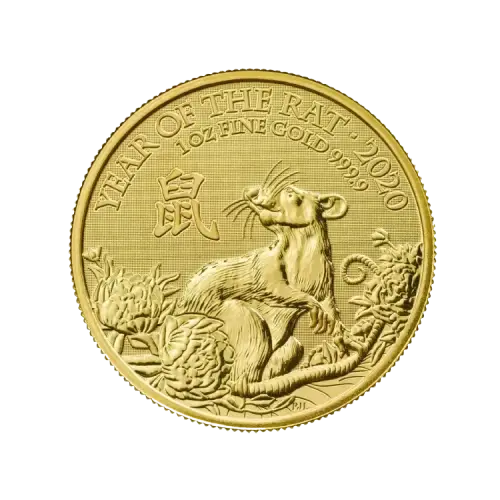What are the reasons to buy silver?
Update: 17 September 2025 Reading time: 4 min
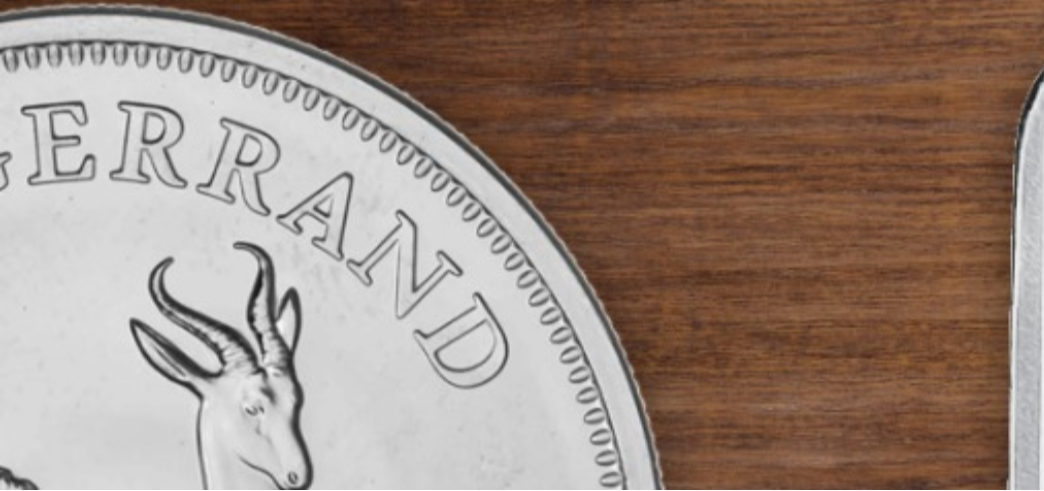
For many private savers and investors, physical precious metals form an important part of their wealth strategy. While gold has traditionally been the preferred choice, silver has gained increasing popularity in recent years. The reasons for investing in silver are diverse and relate both to its role in the global economy and its historical valuation compared to gold.
The Gold-Silver Ratio: An Indication of Undervaluation
A commonly used measure of silver’s relative valuation is the gold-silver ratio, which indicates how many troy ounces of silver are needed to purchase one troy ounce of gold. Historically, this ratio remained between 15 and 20 for centuries. In modern times, however, it has been structurally higher, often reaching levels of 60 or even above 80.
This discrepancy suggests that silver is significantly undervalued compared to gold. If the ratio moves closer to historical averages in the future, silver may achieve stronger percentage gains than gold.
Silver as an Industrial Commodity
In addition to its role as a precious metal, silver has broad applications in industry. Its excellent conductivity and antibacterial properties make it indispensable in sectors that are shaping the economy of the future:
Renewable energy: essential in photovoltaic cells for solar panels and in applications for wind turbines.
- Electronics: used in smartphones, tablets, computer chips, and modern vehicles.
- Healthcare: applied in implants, wound care, and diagnostic equipment.
- Energy technology: utilized in batteries, hydrogen solutions, and electric mobility.
This versatility ensures structurally strong demand, which is expected to grow further as the energy transition and technological advancements continue.
Structural Deficit in the Silver Market
According to data from the Silver Institute, the silver market has experienced a structural deficit in recent years. Industrial demand, combined with investment demand, has exceeded the annual supply from mining and recycling.
In both 2022 and 2023, significant deficits were recorded—the largest in decades. Analysts forecast that demand will continue to outpace supply in the years ahead, a dynamic that may support long-term price growth.
Historical Context: Silver in the Shadow of Gold
Silver has historically served as both currency and a store of value. However, in the modern financial system, it has often remained in the shadow of gold. While gold achieved worldwide recognition as a monetary asset and reserve metal, silver gradually lost this status.
Furthermore, silver markets have in the past been subject to price manipulation by large market players. Although regulators now monitor these activities more closely, this history has reinforced the perception that silver has long been artificially undervalued.
Price History of Silver
Silver has shown a volatile price pattern but has experienced multiple periods of strong growth. In the 1970s and early 1980s, prices surged due to inflation and monetary uncertainty. Another peak occurred in 2011, when silver surpassed $40 per troy ounce in the wake of the financial crisis.
More recently, between 2019 and 2024, silver rose by nearly 60%, significantly outperforming many traditional savings and investment products. Despite its higher volatility, silver can play a role in long-term wealth protection and offers substantial upside potential.
Practical and Fiscal Considerations of Physical Silver
While silver offers many benefits, investors should also be aware of some practical and fiscal aspects:
- VAT: As of 1 January 2025, both silver bars and newly minted silver coins in the Netherlands are subject to 21% VAT. Pre-owned coins and VAT-exempt silver in storage remain more tax-efficient alternatives.
- Storage and volume: Since silver is less expensive per gram than gold, a larger volume is required for the same value. This makes transport and storage less practical compared to gold.
Conclusion
Silver combines the qualities of a precious metal with the versatility of an essential industrial commodity. It remains undervalued relative to gold, benefits from increasing demand in sustainable and technological sectors, and is characterized by a persistent market deficit.
For investors looking to protect and diversify their wealth while positioning themselves for future economic developments, silver can be a valuable addition to a well-balanced portfolio.
Disclaimer: The Silver Mountain does not provide investment advice and this article should not be considered as such. Past performance is no guarantee of future results.
 Over Daan Wesdorp
Over Daan Wesdorp
Manager Inkoop Edelmetaal | Stocks, cryptocurrencies and precious metals

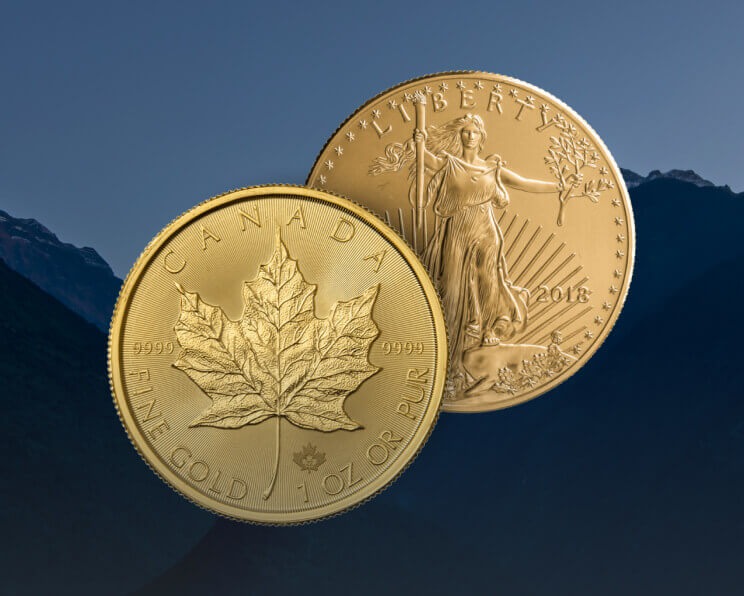
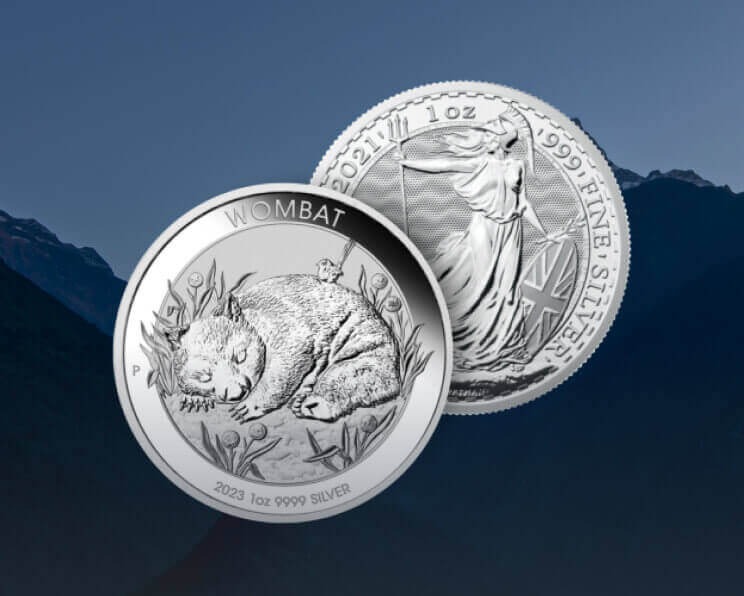





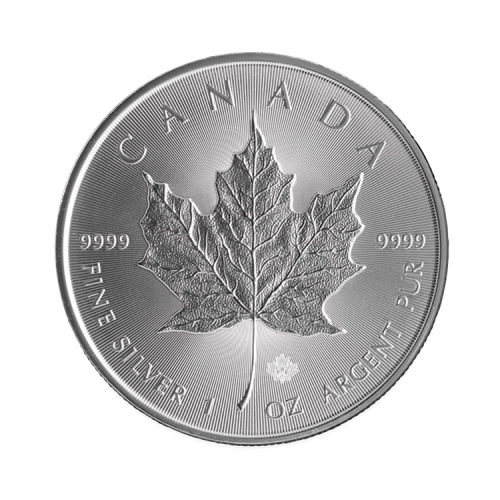
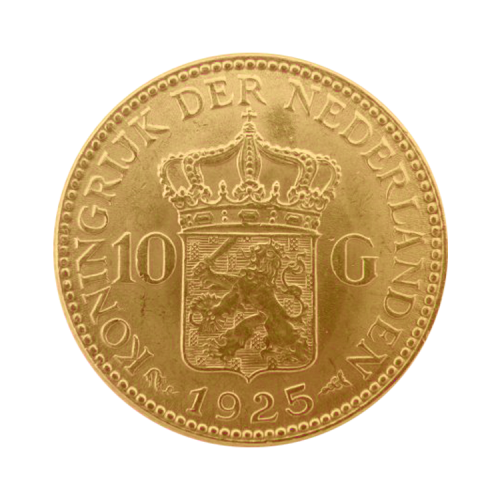
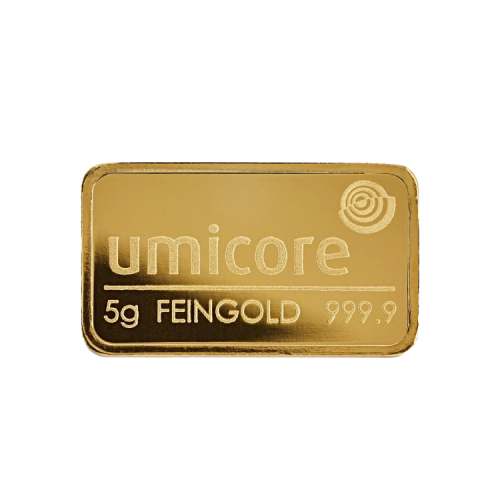
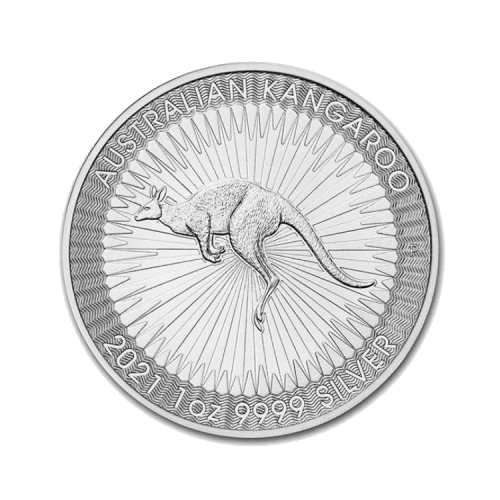
-Psfmhzrc-web_normal.png)
